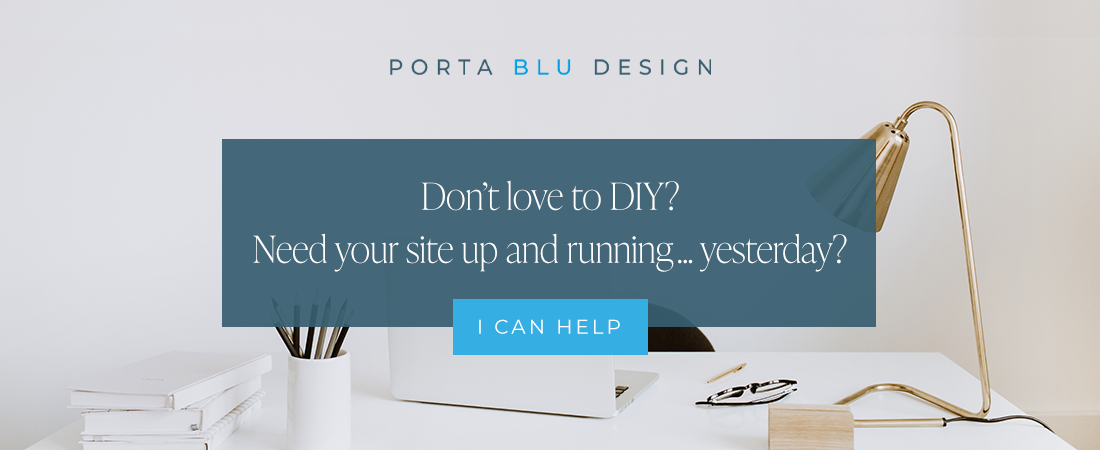7 Steps to start building a brand for your small business
A brand is so much more than a logo.
The word “branding” is often used loosely and is never quite clearly defined, especially in the small business world. The word may even scare off some people just getting their business started, thinking that branding is only for large companies with impossibly high budgets to shell out for the perfect “brand”.
But branding is something that you should consider when starting your business or reimagining an existing one. And it’s much more than just a logo.
“Building a brand means knowing your story and building and sharing that story”
—Tamara McCleary
What you project, display, write, and offer should be of value and be representative of what your customers can come to expect from you.
What is a brand?
In many ways branding is a promise.
Branding incorporates logos, colors, typography, messaging, and more, telling a distinct story while communicating the personality of your business. It sets you apart from your competitors. It helps build a reputation of trust by building on shared values and purpose, which in turn builds loyalty and a sense of community.
It can be a daunting endeavor, and you want to put your best foot forward when representing your business. Below are some simple yet important steps to consider that will help you start the journey to building your brand.
Important steps to start building your brand identity
1. Identify your target audience and niche
Who’s your ideal customer and where are they hanging out? Consider the demographics, and think about what their favorite brands may already be. Consider a niche. Although you may think you want to target everyone, believe me that strategy will keep you spinning your wheels! Instead, focus on a specific group that is your “perfect” idea of a client and start from there.
2. Tell the story of your business and know your differentiator
What is your business’s name and unique story? What differentiates your business or services from others? How will those qualities be incorporated into the messaging? It helps to come up with a short list of key words and utilize those within your brand’s messaging. Include words and phrases that define your business’s key qualities and benefits.
3. Create a feeling
How do you want to be perceived, and how should your customers feel after having purchased your product or utilized your services? How would you want your business to be described by others? Think about the core values you want to portray.
4. Evaluate the competition
Take some time to view other businesses in your niche. How do you stand out from the competition both visually and with what you offer? Part of telling your unique story is identifying what separates you from the pack - your differentiator.
5. Design a logo
Find the right designer to collaborate with on a logo, and remember that this will be your business’s first impression, so it’s an investment in your brand. You’ll be considering color values and how they make you feel, typefaces, and spacing. It will be a very personal and rewarding process when the finished product accurately projects your business’s story and goals.
6. Formulate a tagline
A well-written tagline will immediately laser-focus your business offering in a succinct manner, getting straight to the point about what your business does and offers.
✨ Related post: How to write a great tagline that attracts your ideal customer
7. Apply your branding
Begin creating marketing materials and templates with your new brand standards, for use in web, print, and social media. A good designer will work with you to be sure the look and feel ties in across the board with your brand’s identity and message.
Consistency is key when creating your brand identity
With the right elements in place, your brand will grow and create that emotional bond that keeps customers returning!


